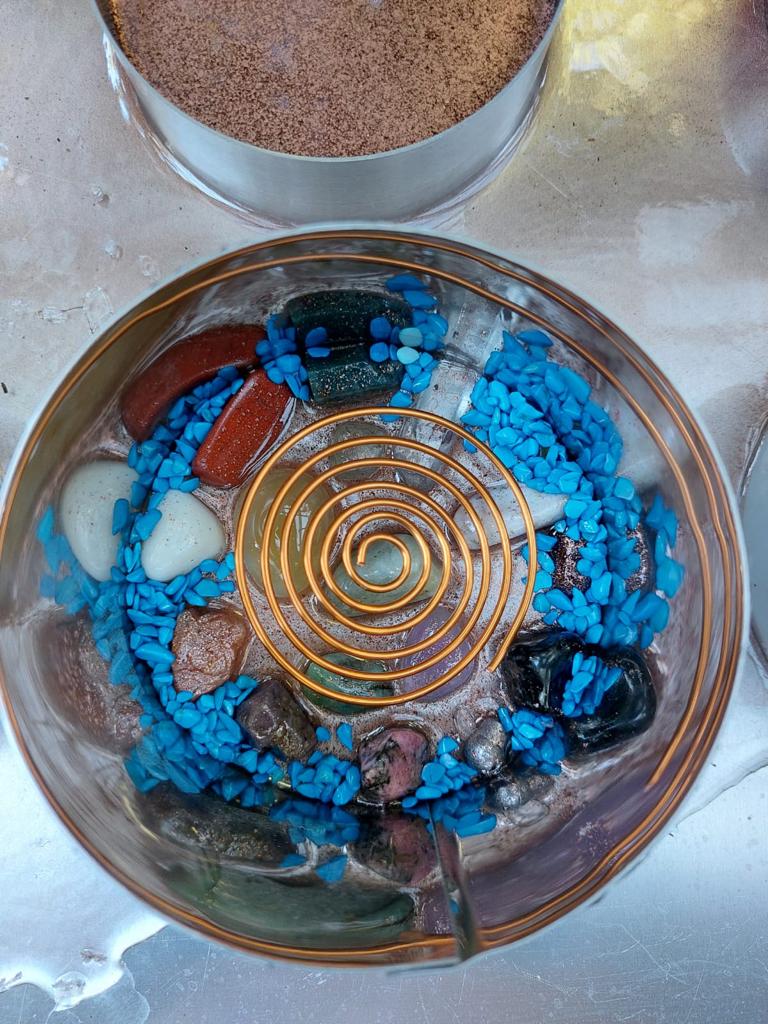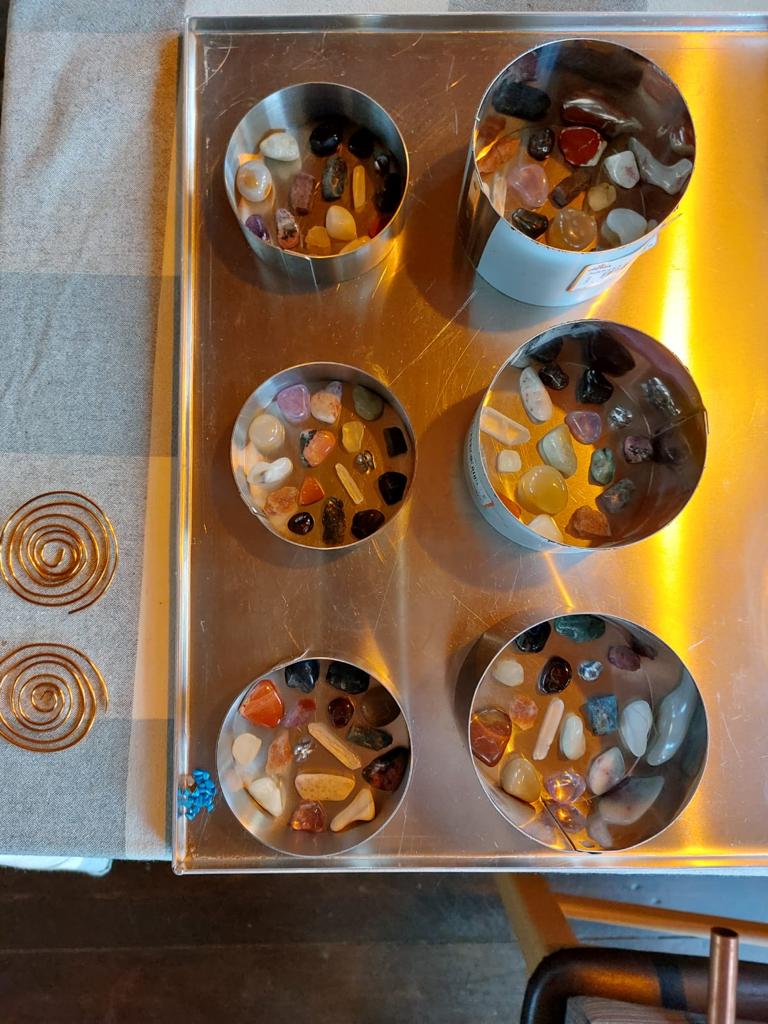In 2016, one in eight new cases of cancer was discovered in the colon and rectum among Jewish men and women (and one in nine in the Arab sector). This cancer is considered fatal and is ranked second among the main types of cancer responsible for most cancer deaths in the country.
A series of studies in recent years indicate that Link between drinking water contamination with nitrates and increased risk of colorectal cancer In different populations around the world. In Israel, it was discovered that the coastal plain aquifer is contaminated with nitrates and their concentration is on the rise. These findings raise the question of whether there is a link between nitrate pollution and colon and rectal cancer in Israel as well.
From fertilizer to water
Nitrates are a group of nitrogen and oxygen compounds, and are one of the main pollutants of groundwater. The source of nitrates is mainly agricultural fertilizers, various types of waste and animal excreta. Nitrates are found naturally in plants and may be found in drinking water. Humans are exposed to nitrate through the diet in various ways. Under normal conditions, the main contributors to the daily intake of nitrate in the diet (in descending order) are vegetables, fruits and drinking water. However, nitrates and other nitrates may be found in large quantities in contaminated drinking water.
Nitrates are a key component of agricultural fertilizers. Due to the lack of information on soil levels, farmers often use excess nitrogen fertilizer, which leads to excess nitrate being washed from the soil into streams and from there into the sea, while rainwater that infiltrates the soil carries excess nitrogen with it to groundwater. Another source of water pollution with nitrate is the seepage of untreated wastewater into groundwater. At high concentrations, nitrate is dangerous to human health, and its most significant and well-known harm is the disease "blue baby syndrome" in infants, which is manifested by a decrease in the oxygen-binding capacity of the blood. (Methemoglobinemia). World Health Organization (WHO) standard for nitrate concentrations in drinking water is 50 milligrams per liter (mg/L) and below . In contrast, the Ministry of Health standard is 70 mg/L or less .
Nitrate concentration is steadily increasing
A link between nitrate contamination in groundwater and colorectal cancer in Israel has not been examined in the past. However, the state of groundwater in Israel, even in the era of desalination ( groundwater currently accounts for almost half of the fresh water produced in the country ), is not encouraging: According to reports from the Water Authority, between 2000 and 2017, dozens of wells that provided drinking water were disqualified for use due to deviations from the standard. These deviations resulted from a combination of a continuous decline in groundwater quality and the discovery of new sources of contamination in the aquifer, such as high nitrate concentrations .
The distribution of pollution in the coastal aquifer, an area where most of Israel's population is concentrated, shows the connection between agricultural activity, which includes the widespread use of chemical fertilizers high in nitrates, and groundwater pollution. Areas of long-established agricultural settlement have particularly high concentrations of nitrates. For example, in the years 2005-2010 Nitrate concentrations of 120 mg/L were found in the Sharon area. In more than ten groundwater wells that feed the water supply network. These nitrate concentrations are higher than the World Health Organization guideline, and higher than concentrations found to be associated with an increased risk of colorectal cancer in other parts of the world. These concentrations may be even higher today, as nitrate concentrations in the coastal aquifer appear to continue to rise .
Are nitrate concentrations in groundwater potentially harmful to Israeli residents? Prof. Ofer Dahan of the Zuckerberg Institute for Water Research at the Desert Research Institutes at Ben-Gurion University of the Negev, who studies the impact of agricultural activity on the quality of water resources, doubts this – due to the desalination trend. According to him, “Despite the increase in nitrate concentrations in aquifer water, the negative impact of high nitrate concentrations in groundwater may have diminished in recent years due to the significant incorporation of desalinated water (free of nitrates) into the network water.” Prof. Dahan’s words are reinforced by data from the Water Authority showing that since 2016, desalinated water has accounted for 80% of drinking water that are supplied to Israeli residents (on an annual average), so that in any case, tap water consumers in Israel are exposed to lower nitrate concentrations than the abnormal concentrations discovered in wells in agricultural areas in the Sharon region (120 mg/L).
The Water Authority announces that water is not suitable for drinking. Transferred to agricultural irrigation , due to nitrate contamination or failure to comply with Ministry of Health guidelines. According to Prof. Dahan, "In the past decade, we have discovered nitrate concentrations higher than 100 mg/L in groundwater in the southern coastal plain area. To the best of our knowledge, in many cases these groundwater wells were shut down and not pumped into agriculture due to the fact that the network for supplying drinking water to communities and agricultural irrigation is shared in most regions of the country."
However, according to Dahan, there are areas where such wells are still in use. "Unlike areas where the water supply network for communities and agriculture is shared, there are communities in Sharon that have private wells in which the nitrate concentration may reach up to 70 mg/L" (the Israeli standard).
Either way, it seems likely that concentrations of between 50 and 70 mg/L of nitrate exist in certain areas of the country, which, although Lower than the Ministry of Health standard of 70 mg/L or less , But higher than the World Health Organization standard, which is associated with an increased risk of colorectal cancer in other parts of the world. Prof. Dahan adds: "The concentration of nitrates in the coastal aquifer is steadily increasing, and there is no doubt that this will lead to a continuation of the process of closing wells and the ongoing destruction of the important natural water resource in the State of Israel. This may increase dependence on desalinated water and even lead to the Israeli standard continuing to be higher than the World Health Organization standard." Purifying wells, reducing the use of fertilizers and desalinizing contaminated well water are just some of the possible solutions to change the situation.
Negative health effects
A recent and extensive scientific review published recently Presents a series of studies that have examined the relationship between exposure to nitrates from drinking water and adverse health effects. The findings of the review raise concerns that under certain conditions, nitrate concentrations above and even below the World Health Organization standard may increase the risk of colorectal cancer.
A study conducted among over 2,000 women In a rural area of Wisconsin, USA, an increased risk of upper colon cancer was demonstrated in women with an estimated exposure level of more than 44 mg/L nitrate in drinking water compared to women with an estimated level of less than 2.2 mg/L. The women's water sources were based on local wells where nitrate levels were estimable.
In another study , which included both water- and dietary nitrates in over 5,000 men and women from Italy and Spain, it was found that the risk of colon cancer was significantly higher in those with an estimated daily nitrate intake of over 10 mg/L compared to 5 mg/L or less (mainly in men). When a report of the combination of nitrates from drinking water and meat consumption was examined, an association was found for rectal cancer, but not for colon cancer. Increased intake of dietary fiber and vitamins C and E from vegetables and fruits was found to be associated with a reduced risk of colon cancer, although vegetables and fruits were attributed to nitrate content. The researchers concluded that the presence of nitrate in the water-based diet may increase the risk of colon and rectal cancer, especially in populations with other risk factors, such as male gender and red meat consumption.
Results of a large-scale national study from Denmark indicate an increased risk of colorectal cancer among those living in an area where public drinking water sources and private wells contained average levels of nitrate equal to or greater than 9.25 mg/L compared to 3.87 mg/L. The study included an assessment of nitrate exposure among 2.7 million residents, and the results included a positive correlation between nitrate concentration and risk level. The Danish study did not include a question about the diet of the study participants, but the significant sample size and positive correlation strengthen the possibility that elevated nitrate concentrations significantly increase the risk of colorectal cancer, as found in other studies.










